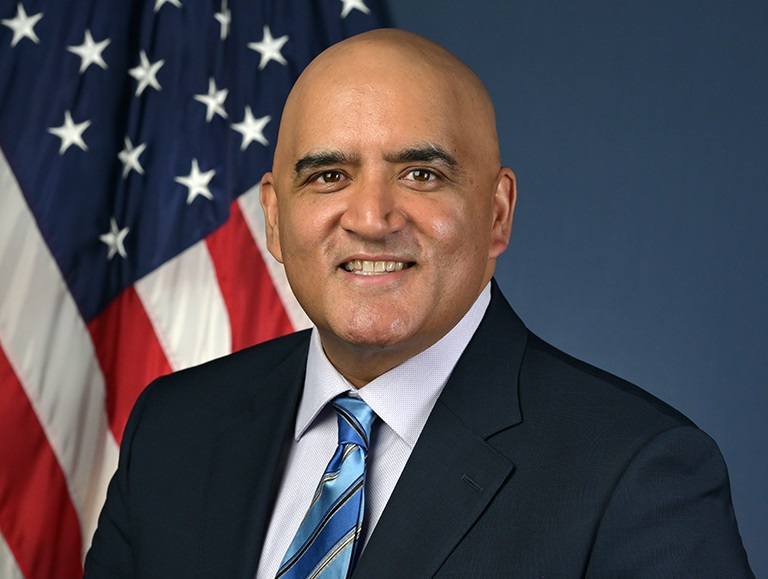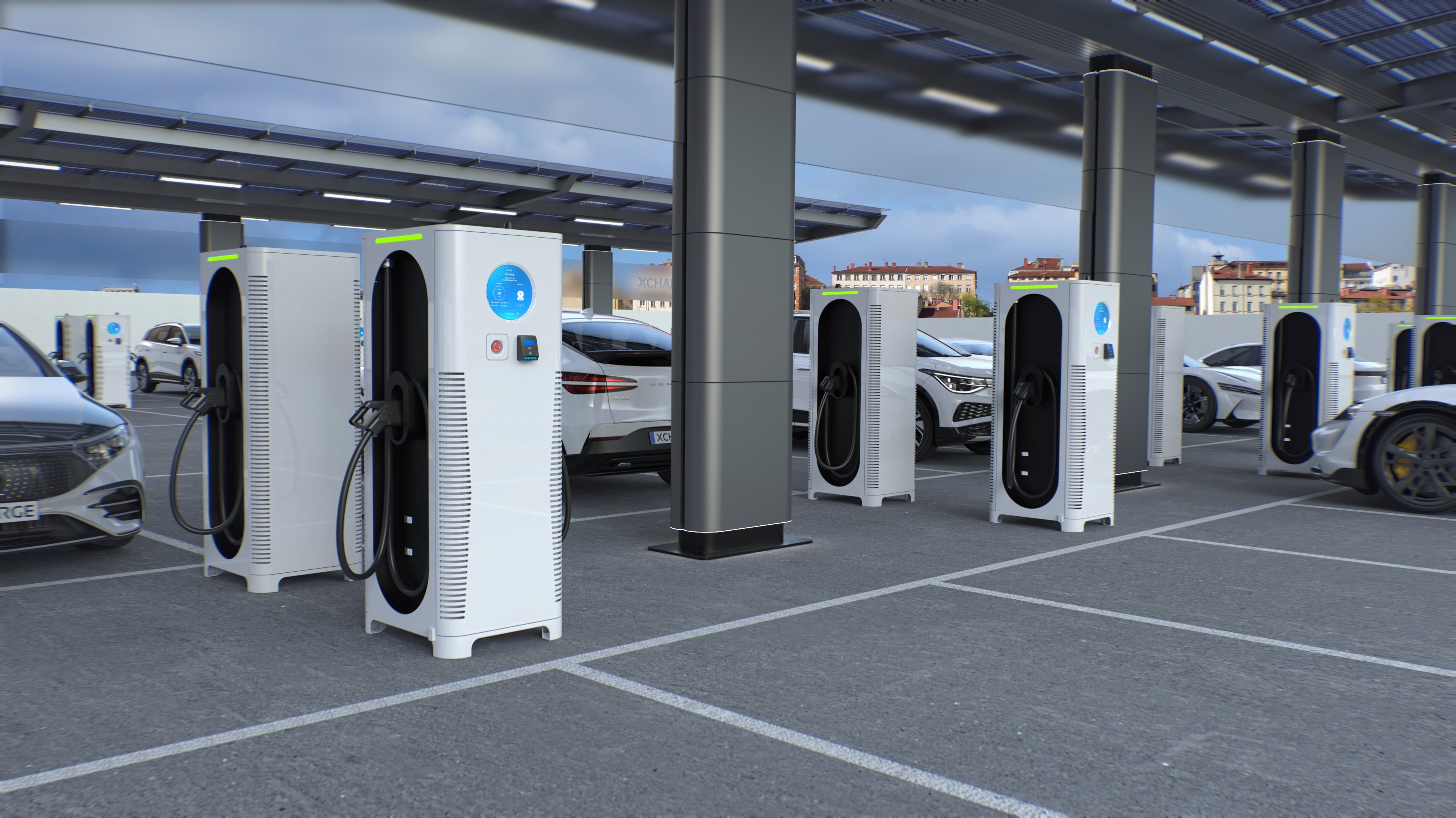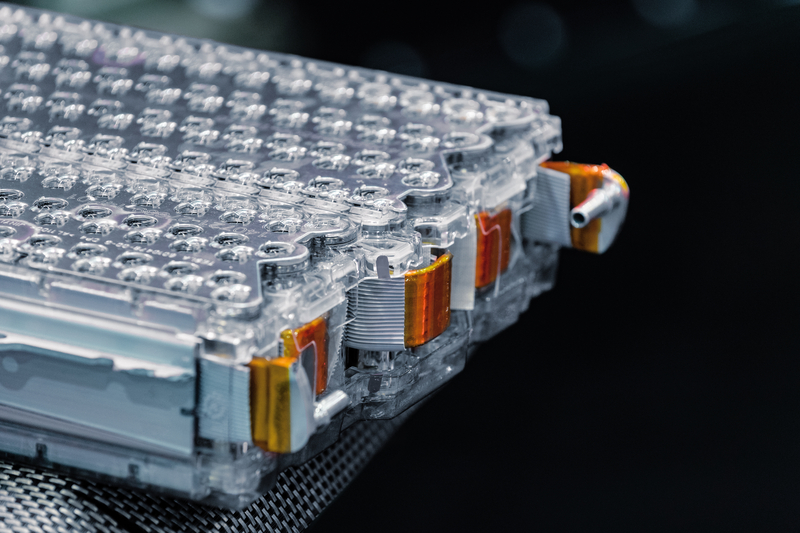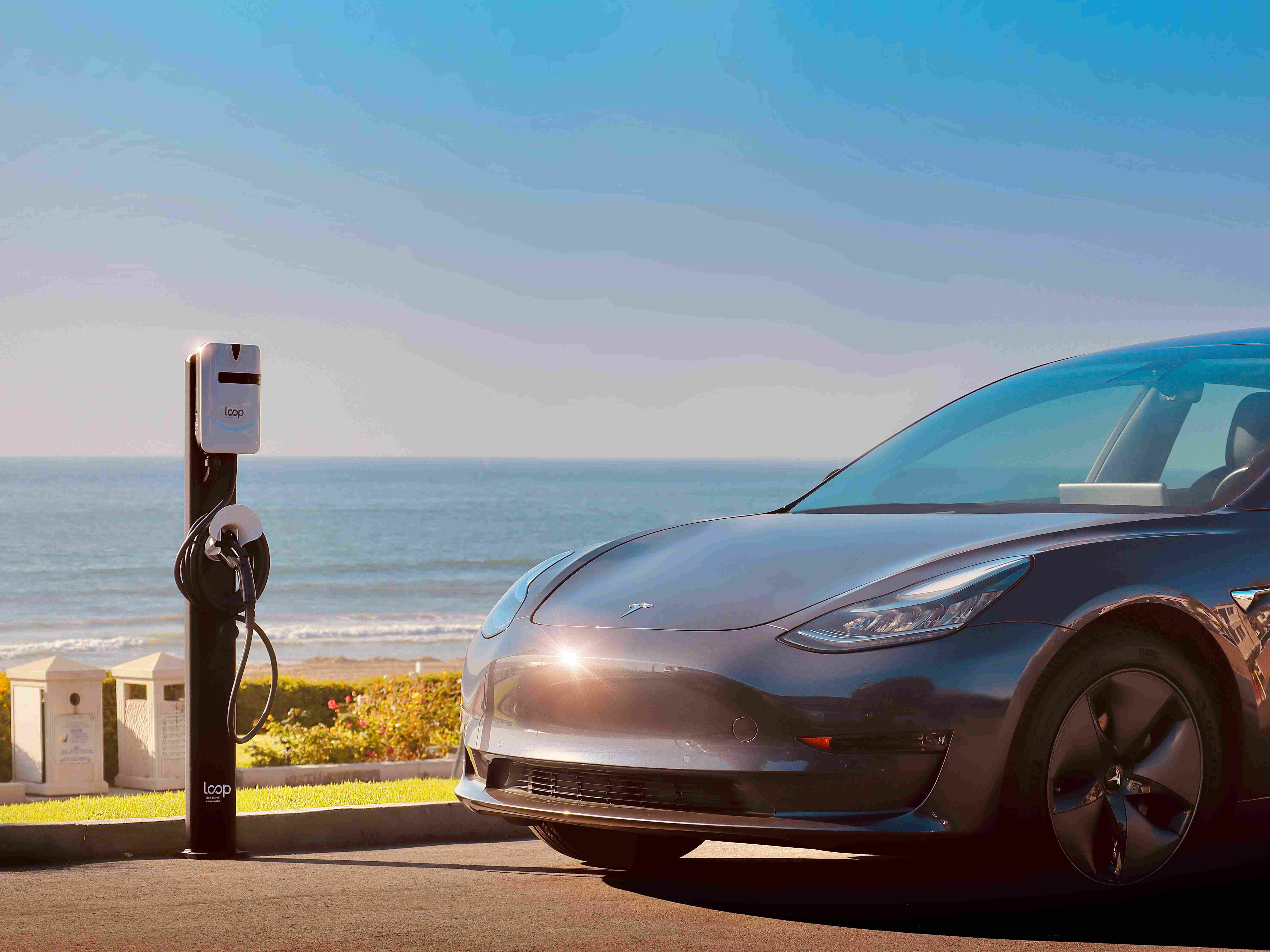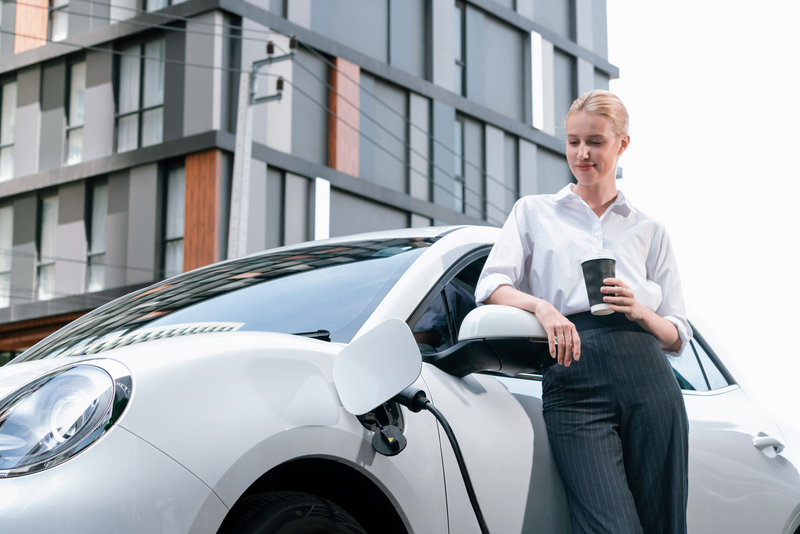
The cars aren’t selling, the critics say, and where are all the chargers? The interstates will soon look postapocalyptic – like an episode of “The Walking Dead,” with idle cars clogging the roads.
Well, I’m here to tell you the doubters are wrong and that the transition to EVs will work.
To be clear, I’m not an early adopter. I’m not even an adopter. (That will come in due time; I only buy one car per decade. An EV is up next.)
But I do have some thoughts behind my conclusion that (a) this EV thing is happening and (b) it will work.
I started to believe in the EV industry when the government allocated billions to build fast charging stations. There was an actual plan – and money behind it.
The strings attached to the funding also caught my attention. They included sorely needed charging standardizations and mandates for reliability.
Now, months later, I’m even more convinced. The icing on the cake was the recent EV Charging Summit & Expo in Las Vegas. The conference proved there are many, many really smart people – software developers, all sorts of engineers, research scientists – working on this. It’s not just their academic credentials, but the ideas they’ve come up with. Their financial success is tied to EVs, too.
Admittedly, the entire country transitioning to EVs appears overwhelming at first glance. But think of the conversion as a huge cookie. There are thousands of innovative people and businesses that are each taking a bite of that cookie. Before you know it, the cookie – like the challenge – will be gone. (Well, it might take a bit longer than “before you know it.”)
Let’s take a look at a few of the main objections – and some potential solutions these smart people are developing.
OBJECTION: THE POWER GRID CAN’T HANDLE THE LOAD
Exhibit A for EV skeptics is the power grid. Specifically, they believe that EV usage will overtax electric utilities and lead to brownouts, shortages and idled vehicles.
Grid integrity is a legitimate concern. Most of the grid was built in the 1960s and 1970s and EVs are a new (and not always welcome) stress.
The federal government last fall allocated $3.5 billion to “strengthen grid resilience,” including replacing inefficient power lines that are nearing the end of their life. Some of the funding also will support microgrids.
Microgrids
What is a microgrid? “They’re the answer to a lot of problems,” David Heim of OATI said at the conference. More specifically, microgrids use solar, wind, clean-burning fuels and battery power to supplement the main grid.
Think of the main grid as a raging river, and the microgrid as a tributary. (We’ve moved on from the cookie analogy.)
Microgrids often go unnoticed, but they’re all around you. They’re also growing globally, with the potential to be a $5 trillion – with a T – industry, according to Matthew Kavanagh, chief operating officer of INF Associates.
There are many different kinds of microgrids. Kavanagh offered the example of a 33-house development in North Carolina that included microgrid infrastructure in its construction. The development now regularly uses solar energy to supplement the main grid, particularly during peak usage times. This makes the residents’ energy cheaper and even allows them to sell back to the utility.
Microgrids can be even simpler. There are truck stops with solar canopies that capture power and use it to help charge the vehicles parked below. That’s a microgrid.
Some microgrids are portable. One business, Pioneer Power Solutions, offers what it calls a “grid on a skid.”
The company delivers a mobile grid – usually about the size of your average dumpster – and connects it to the EV charger. Fuels such as clean-burning propane go into the microgrid, which in turn supports the chargers.
Vehicle-to-grid
Another solution is what’s called vehicle-to-grid, or V2G. With V2G technology, the vehicle sends its unused battery power back to the grid, often during peak usage.
Here’s an example: A delivery truck charges during off-peak hours, at night when power is cheaper. The next morning the truck leaves the yard and makes deliveries. It returns later in the afternoon, when demand is peaking, and sends its remaining power back to the grid – for a price, of course.
That night, when rates are low, the truck charges again – and repeats the entire process. “The grid sees tractor trailers as power sources,” Kavanagh said.
Innovative steps like this are occurring at all parts of the process.
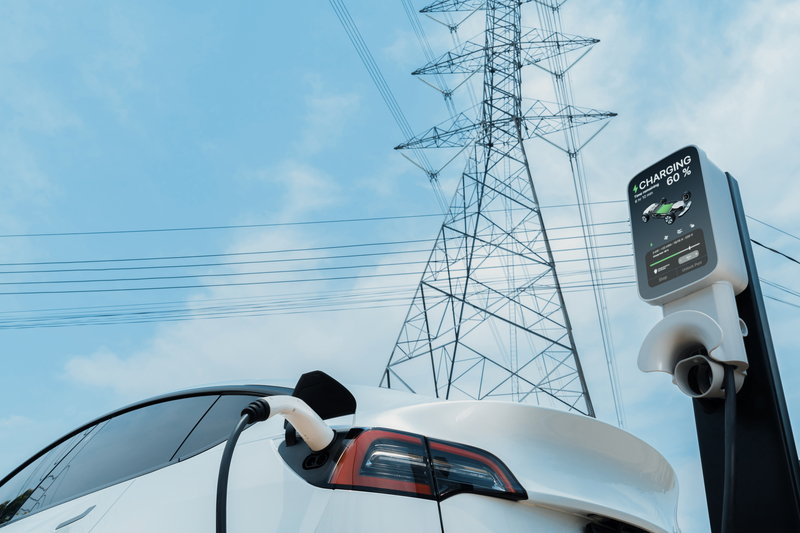
OBJECTION: THE LOGISTICS ARE IMPOSSIBLE
Providing enough chargers is an unachievable task in the minds of some critics. It most certainly is a challenge – a big challenge. But it can be done, in part because not as many chargers are needed as you might think.
First, a bit of very general background may be helpful.
There are three types of chargers, imaginatively named Level 1, Level 2 and Level 3. Think of them as small, medium and large. Or slow, medium and fast.
Level 1 chargers are privately owned and support a single household. This is the scenario where you plug your EV in at night and let it charge away in your garage while you sleep. A full charge can take from 12 to 20 hours, depending on a few factors, including the battery size.
Let’s jump to Level 3, also known as fast chargers. They can replenish between 60 percent and 80 percent of the battery’s charge in 30 minutes to an hour. This fast rate means Level 3 chargers require a lot more electricity from the grid – way more than would ever be routed into homes.
Level 3s are public chargers, so anyone can use them. They are located along transportation corridors, including the interstate system. If you are on a long trip, and need to stop to recharge, you will want access to a Level 3 charger because it’s fast.
Level 3 success is crucial to adoption. The federal government is keenly aware of this and is aggressively supporting Level 3 deployment to the tune of billions of dollars.
The efforts are starting to pay off. The National Electric Vehicle Infrastructure (NEVI) Formula Program, a U.S. governmental program that provides EV funding, reported in mid-February that 33 states have submitted plans requesting funding of fast charging stations.
In addition, 16 states are awarding contracts and installing charging stations. As of April 15, five states had opened seven NEVI-funded stations to the public.
The government also has reported that many more fast charging stations will come online along transportation corridors this year. “2024 is the year of the charger,” Shailen Bhatt, administrator of the Federal Highway Administration, recently stated.
Critics find fault with the speed of the Level 3 rollout. Part of the problem is that expectations were set too high to start. It’s been only two years since the money was allocated for the Level 3s. It had to be distributed to states, which had to develop plans and pass along the funding. New, tighter station standards also had to be met, too – and that’s a good thing.
Could it be moving faster? I suppose. Is the pace a dealbreaker? No, particularly because that pace is helping ensure quality.
All right, we have the Level 1 home chargers, which are slower but convenient ... and the Level 3 fast chargers, which are needed to make long-distance travel a reality.
What about Level 2s?
Unsurprisingly, they are between the other two. Level 2 chargers are faster than Level 1, but slower than Level 3. They also require more juice than you’ll ever get in your home, so they are public chargers.
While Level 2s are slower than Level 3s, they also allow more vehicles to charge simultaneously. Instead of having one Level 3 charger supply 100 percent of the power – and serve one car – you might have a dozen Level 2 chargers supply some power to 12 vehicles.
It generally takes four to eight hours for a Level 2 to deliver a full charge. EV users don’t mind this because they don’t sit around while the vehicle charges. Level 2 chargers are at locations where you stop to do something else – a shopping mall, for example. You arrive at the mall, plug in the car, go and do your business and have a decent charge when you return.
There are Level 2 chargers in many places – outside office buildings, stores, health clubs, health care facilities and more. They might be installed to support specific neighborhoods, too.
When these public chargers become more common, there won’t be a need for a Level 1 charger in every home. After all, there isn’t a gasoline pump in every garage.
How many public chargers are actually out there? The number is fluid given the rapid deployment. The Department of Energy (DOE) estimates 900 new public chargers come online in the U.S. every week. As of April 15, there were more than 175,000 public chargers up and running in the U.S., according to NEVI.
OBJECTION: THE CHARGERS ARE ALWAYS BROKEN
Skeptics like to share horror stories of drivers arriving at EV stations, only to find the chargers are broken and unavailable. There are a lot of these stories, and each and every one promotes range anxiety.
“Making it easy for everyone to ride and drive electric means making sure drivers can always count on EV charging stations to work when they’re needed,” said Gabe Klein, Executive Director of the Joint Office – the governmental agency overseeing the chargers.
The lack of reliability has led the government to mandate charging station uptime of 97 percent. This is another big hurdle for the industry.
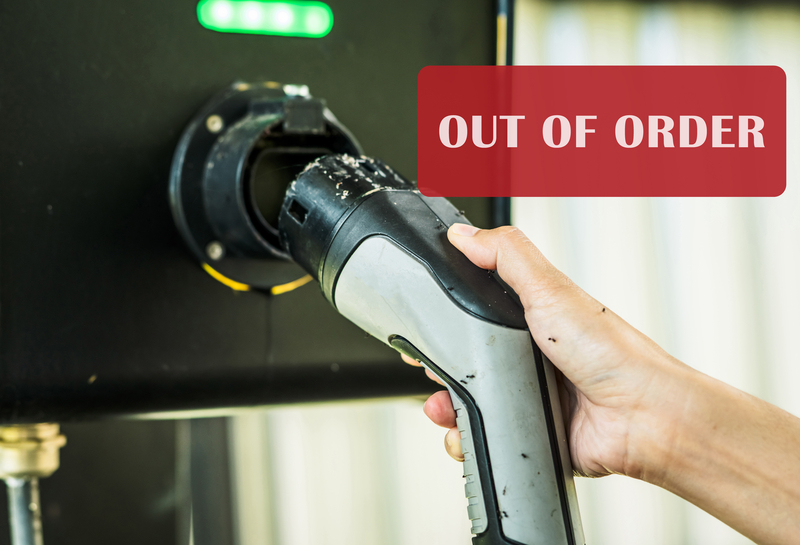
So....how do we get there?
It starts with better equipment. The first generation of chargers was a “rushed build-out, with a lot of companies going into the business without a long-term maintenance plan,” said Tim Johnson, professor of Energy and the Environment at the Nicholas School of the Environment at Duke University.
“They lacked revenue and didn’t have the sales to recover the capital outlay and maintain the chargers,” he said. “A lot of them (chargers) have just been abandoned.” If the deserted chargers were removed from the equation, the uptime of the remaining stations would immediately improve, he said.
Successful charging businesses that are already at or near the uptime target utilize remote diagnostics. “Remote capabilities are key to this stuff,” said Aatish Patel, president of XCharge North America, which manufactures high-power chargers. “We cannot rely on someone needing to be there physically to diagnose issues.”
Remote diagnostics can uncover problems that the naked eye could never see. Adjustments can be made and pushed out quickly – sometimes without an interruption in service.
The industry requires more technical staff, too. “We need people who are familiar with chargers instead of general technicians,” Patel said.
Parts inventories must also be expanded. “We need stocked spare parts in areas where they are accessible on a timely basis – in hours or days, not weeks or months,” Patel said.
OBJECTION: RED STATES WILL NEVER ADOPT EVs
The level of red state support might surprise you. After all, some of them have EV manufacturing facilities. (I’m looking at you, Alabama.)
At the conference, Bhatt dismissed the politics that have entered the EV conversation. “It’s 2024. It’s an election year. A lot of things are politicized,” he said.
He urged consideration of “the facts, not the politics.”
One fact is that governors of many red states back the industry and will continue to do so because EVs are important to their economies. That includes Alabama and its Republican governor, Kay Ivey.
“She’s a huge fan of EVs because they’re manufactured there,” Bhatt said. “The governors of red states are going to continue to manufacture these.”
He pointed out that former President Donald Trump, who recently ramped up his criticism of EVs, supported the development of an EV manufacturing facility in Ohio while he was in office. Of course no one questions the commitment of President Joe Biden, who consistently supports the industry with funds and regulations.
“No matter who is president next year, we are going to continue with this,” Bhatt said.
OBJECTION: EVs ARE NOT SELLING
There was Tesla’s recent big announcement, that it was laying off 10% of its workforce. This obviously is not good news. But this is a young industry, and there will be bumps and bruises – painful as they might be.
So are EVs selling as they should? The accuracy of this claim depends on your perspective. It’s true that they did not sell as quickly as predicted in the last half of 2023.
On the other hand, the numbers don’t look all that awful. More than 1.4 million electric passenger vehicles were sold in the U.S. in 2023, an increase of more than 50 percent over 2022, the DOE reported. More than 4 million passenger EVs are now on the road in the U.S., according to the DOE.
Reuters reported there were about 15.5 million new vehicles sold in the U.S. in 2023, and 17 percent of that number was electrified vehicles, including hybrids. So it’s not like the sales are completely in the tank.
Why weren’t recent numbers even more positive?
Charging reliability, previously addressed, is considered one factor. The Los Angeles Times cited a number of others:
• The average retail price for an EV is $4,000 more than fossil-fuel vehicles.
• EV interest rates are higher.
• Americans prefer larger vehicles, which means bigger, more expensive battery packs.
On the bright side, the manufacture of smaller (and cheaper) EVs is ramping up.
Bhatt says that sales might not meet all expectations, but they’re doing fine overall. Those who criticize U.S. sales miss the bigger picture: global demand is on the rise.
“Global sales of EVs have more than doubled in the last few years,” he said. “We have to be building the technology the world is going to buy.”
Worldwide, there were 26 million electric cars on the road in 2022, according to the International Energy Agency.
One last thought on this: Hybrids are selling, with mottos such as, “Electric when you want it, gas when you need it.”
This seems like a reasonable, realistic step toward a fully EV world. Keep consumers in their comfort zone while easing them into the EV world.
**
If there is one takeaway, let it be this: Really, really smart people are working on improvements to all things EV.
They are finding ways for batteries to charge faster and run longer. They are tweaking software that adds all sorts of efficiencies that make a difference at every stage of the process.
Each innovation brings us closer to a successful transition. Imagine there’s a giant cookie...


